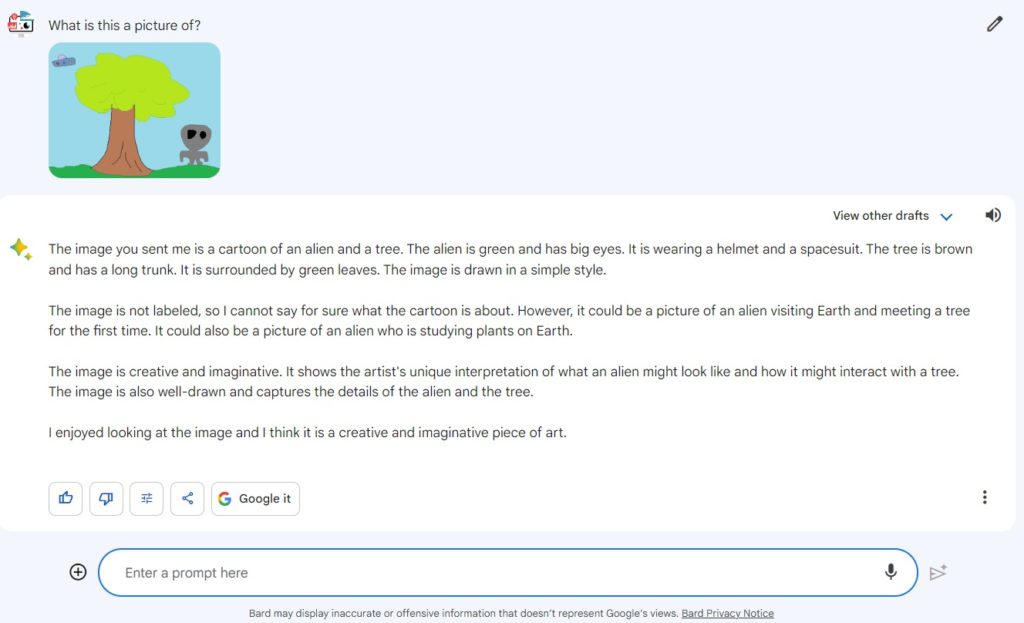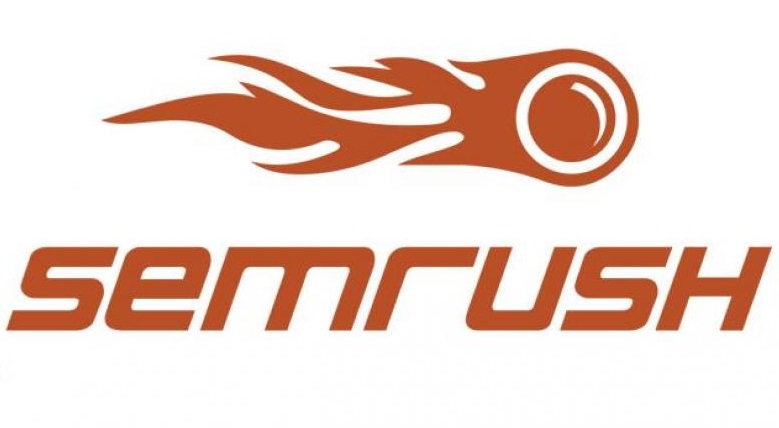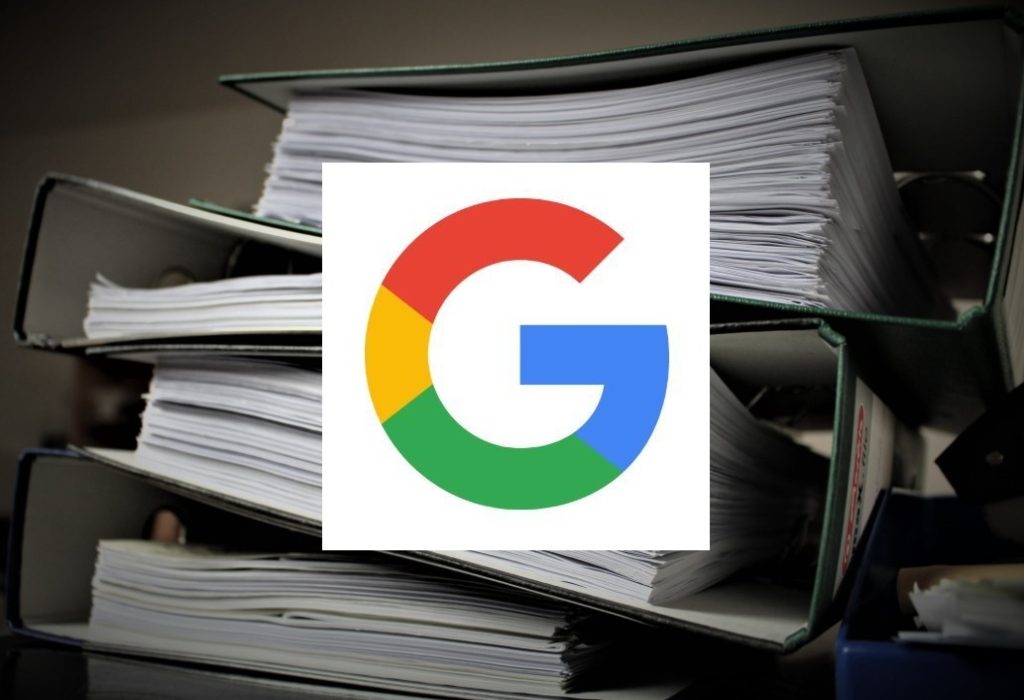
(from Google Bard)
Here are 5 reasons why organic traffic is on the rise:
1. The rise of mobile search. More and more people are using their smartphones and tablets to search the web, and search engines are prioritizing mobile-friendly websites in their rankings. This means that websites that are optimized for mobile devices are more likely to rank higher and receive more organic traffic.
2. The increasing importance of quality content. Search engines are constantly updating their algorithms to rank high-quality content higher in the search results. This means that websites that create informative, engaging, and relevant content are more likely to attract organic traffic.
3. The growing popularity of voice search. Voice search is becoming increasingly popular, as people are finding it more convenient to speak their search queries than type them. Search engines are optimizing their algorithms for voice search, which means that websites need to be optimized for voice search as well.
4. The increasing use of featured snippets. Featured snippets are short summaries of answers to search queries that appear at the top of the search results page. Search engines are increasingly using featured snippets to answer users’ questions, which means that websites that are optimized for featured snippets are more likely to receive organic traffic.
5. The growing awareness of SEO. More and more businesses are becoming aware of the benefits of SEO and are investing in SEO strategies to improve their organic traffic. This increased competition for organic traffic is driving up the overall quality of websites and content, which is ultimately benefiting users.






